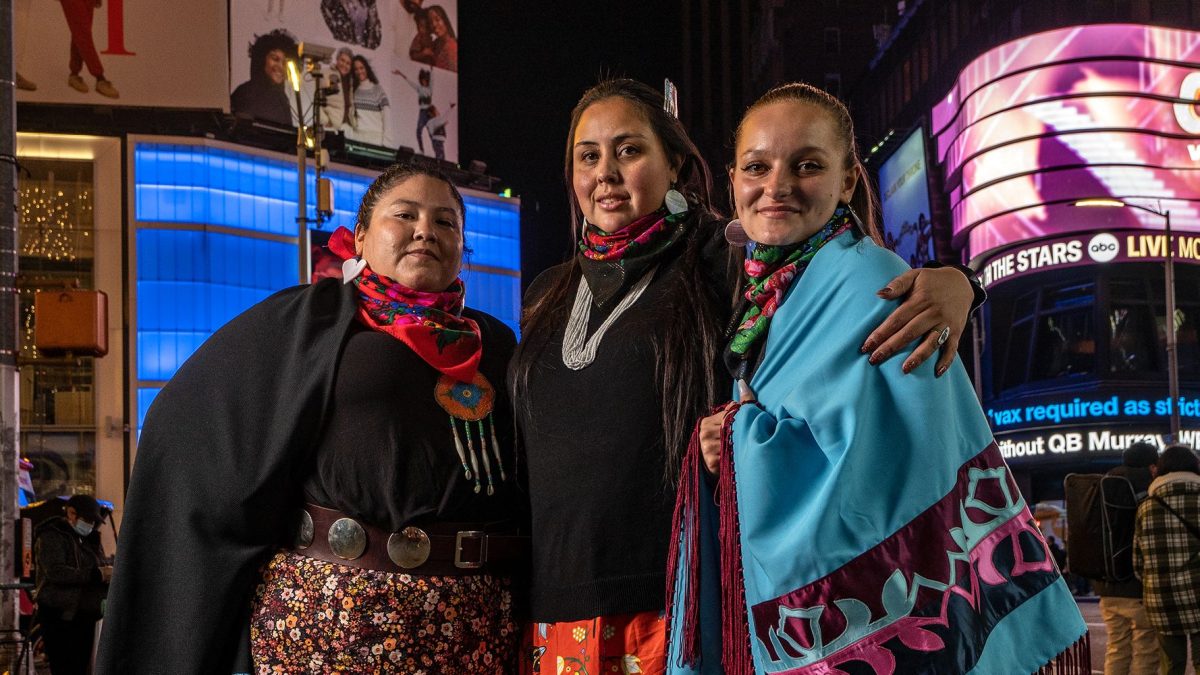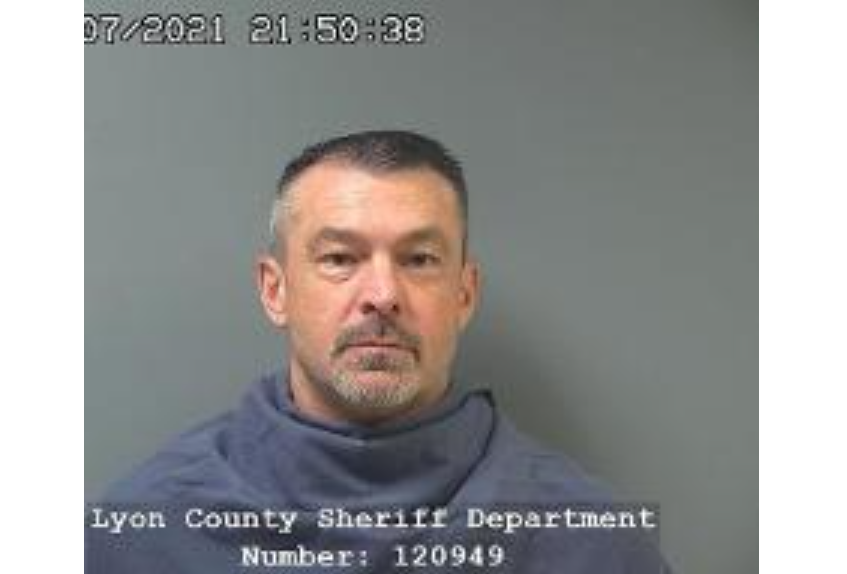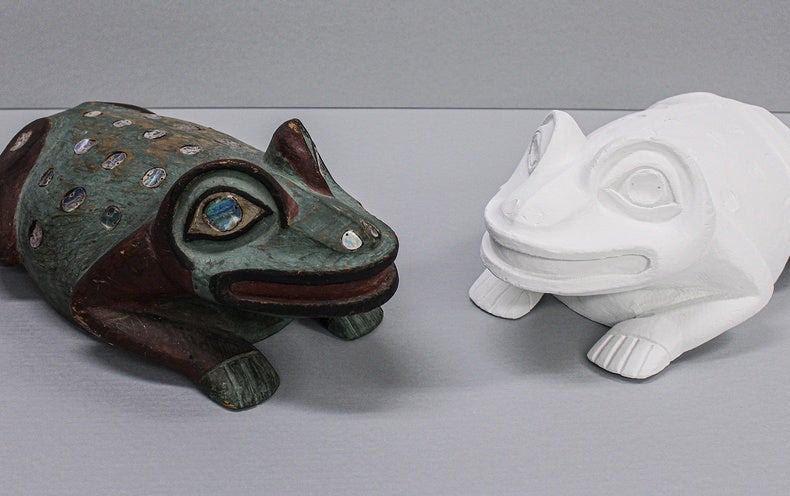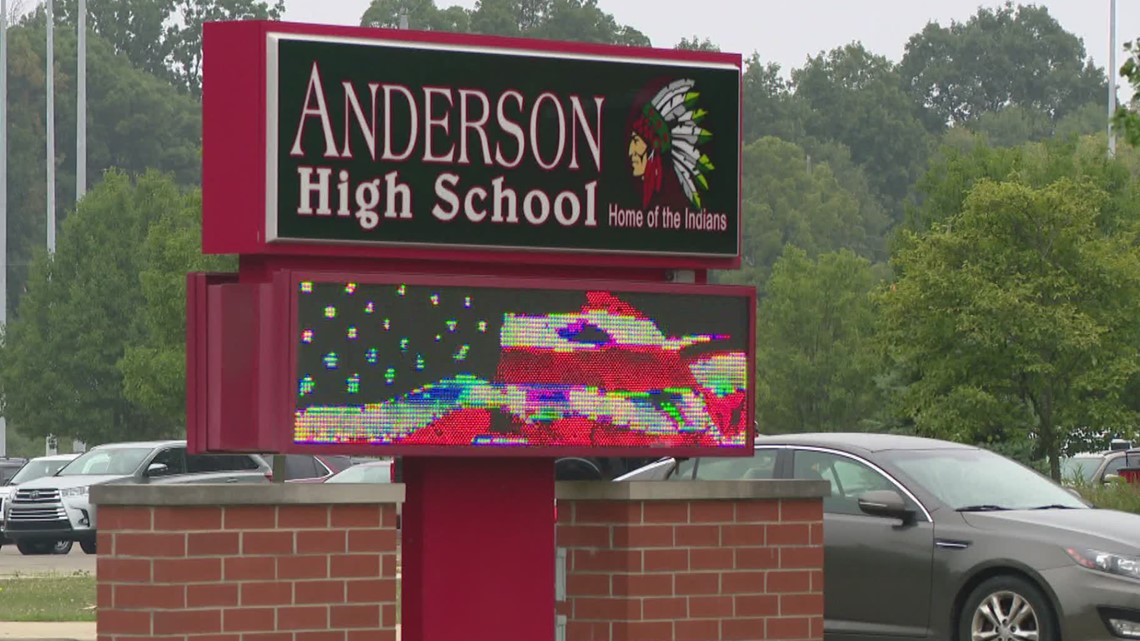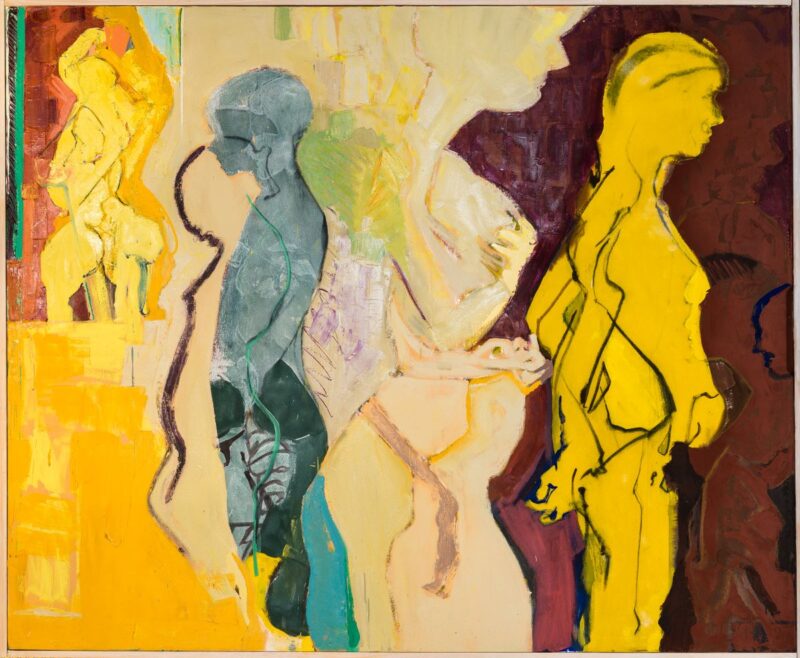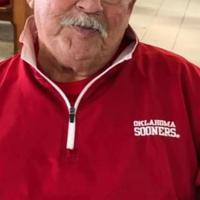Millions of people visit New York each year from around the world. They come to see Times Square or the Statue of Liberty, to work, to study. Yet they may not even know they’re in Lenapehoking, the land of the Lenape people, also called Lenape’ok or Delaware.
Our homeland spans the watershed ecology of the Delaware River, including also the lower Hudson River, and the Atlantic coastline from the mouth of the Hudson to the mouth of the Delaware. Today it holds places that are essential to the American identity, like Philadelphia and New York City.
Advertisement
All of the sovereign nations of the Lenape people were driven out of Lenapehoking by plagues, war, exploitative treaties and scalp bounties. Our homeland was taken from us, but we are reclaiming our voices and our places there.
Last fall I traveled to Lenapehoking on assignment, bringing three other Lenape’ok with me: Lauryn French, Trinity Guido and my adult child, River Whittle.
But we weren’t tourists. We never could be, even if we’d never been there before. We were returning to our family — a place that’s woven into our identity and literally in our blood.
Parts of the trip were painful. We saw land that holds the bones of our ancestors, now covered in concrete and asphalt. We thought about the brutality inflicted on our people.
Advertisement
But it wasn’t just that. There was also joy.
“Do I want to go back sad? I feel like there have been so many tears in the hundreds of years that we’ve been removed. My line has cried enough about our homeland,” Lauryn said. “I’m going to go and be happy. I am going to go and enjoy it. Everything in my line told me that was not supposed to happen.”
